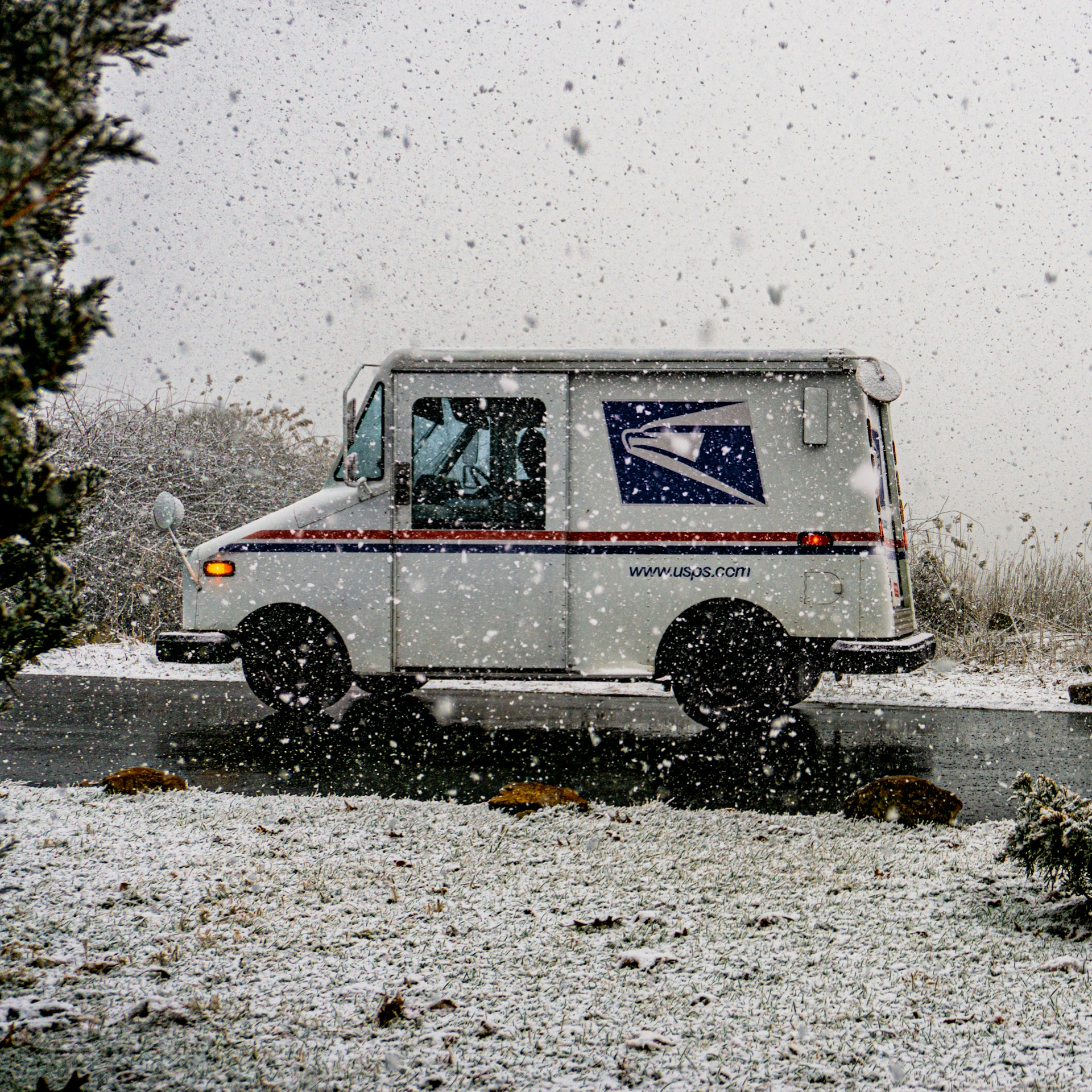Key Takeaways
- Postal workers’ prescription coverage will undergo significant changes in 2025 under the new PSHB program, impacting costs and available options.
- Understanding the details of these changes will help postal workers make informed decisions about their healthcare coverage moving forward.
Heads Up, Postal Workers: Here’s How Your Prescription Coverage Will Change Under PSHB
Starting January 1, 2025, the Postal Service Health Benefits (PSHB) program will officially replace the Federal Employees Health Benefits (FEHB) program for U.S. Postal Service workers and retirees. This shift marks a significant change in the way postal workers’ health and prescription coverage is managed, bringing about new rules, cost structures, and options. Understanding these changes is crucial for postal workers and retirees to ensure that they are prepared for what lies ahead.
The Transition to PSHB: What It Means for Prescription Coverage
The transition to the PSHB program stems from the Postal Service Reform Act of 2022, which mandates that postal workers and retirees enroll in the new PSHB program. This change aims to create a more sustainable and financially viable health benefits program specifically tailored to the needs of postal workers. As part of this transition, the prescription drug coverage that postal workers are accustomed to under FEHB will see alterations.
Key Changes in Prescription Drug Coverage
Under PSHB, prescription drug coverage will continue to be a critical component of health benefits. However, there will be changes in formularies (the list of covered drugs), copayment structures, and out-of-pocket maximums.
-
Formulary Adjustments: The PSHB program may have a different formulary than what postal workers were accustomed to under FEHB. This means that some medications that were previously covered may now fall under different tiers or may not be covered at all. Workers and retirees will need to review the new formulary closely to understand how their prescription needs will be impacted.
-
Cost-Sharing Modifications: The cost-sharing structure under PSHB is expected to differ from the FEHB program. Copayments, coinsurance, and deductibles may change, which can affect the overall cost of prescription medications for postal workers. Understanding these changes and budgeting accordingly will be essential.
-
Medicare Integration: For retirees, especially those over 65, Medicare integration will be a key component of the PSHB. Retirees will be required to enroll in Medicare Part B, and the prescription drug coverage under PSHB will coordinate with Medicare, which could lead to changes in the cost and availability of certain medications.
How to Prepare for the Changes
As the shift to PSHB approaches, there are several steps that postal workers and retirees can take to prepare:
-
Review the PSHB Plan Options: When PSHB plans become available, postal workers and retirees should carefully review the options. Each plan may offer different levels of prescription coverage, with varying costs and formularies. Comparing these options will help in selecting the plan that best meets individual needs.
-
Check the Formulary: It’s important to check whether the medications currently being taken are covered under the new formulary. If a medication is not covered or is placed in a higher-cost tier, it may be necessary to consult with a healthcare provider about alternatives or to consider switching plans.
-
Understand Cost Implications: With potential changes to copayments, coinsurance, and deductibles, understanding the cost implications of each PSHB plan is crucial. Tools and resources provided by the Office of Personnel Management (OPM) and the PSHB program can assist in calculating potential out-of-pocket costs.
-
Consult with Licensed Insurance Agents: For personalized advice, consulting with licensed insurance agents who specialize in federal employee benefits can provide valuable insights. These agents can help clarify the nuances of the PSHB program and assist in selecting the most suitable plan.
Impact on Retirees and Medicare Integration
For retirees, the introduction of PSHB brings additional considerations, especially concerning Medicare. Starting in 2025, Medicare-eligible postal retirees will need to enroll in Medicare Part B to retain their health benefits under PSHB. This integration is designed to reduce overall costs for the program and ensure comprehensive coverage for retirees.
-
Medicare Part B Enrollment: Retirees who are already enrolled in Medicare Part A but have delayed Part B will need to enroll to maintain their health coverage under PSHB. This enrollment may come with additional premiums, which should be factored into retirement budgeting.
-
Coordination of Benefits: The PSHB program will coordinate with Medicare, meaning that Medicare will become the primary payer, and PSHB will provide secondary coverage. This coordination may result in lower out-of-pocket costs for some services, but it could also change how prescription drug coverage is managed.
-
Impact on Spouses and Dependents: Spouses and dependents of retirees will also be affected by these changes. It’s essential to understand how the shift to PSHB and Medicare integration will impact the entire family’s healthcare coverage.
Navigating the Transition: Tips for Postal Workers
The transition to the PSHB program represents a major shift in how postal workers and retirees receive healthcare benefits. Here are some practical tips for navigating this transition smoothly:
-
Stay Informed: The OPM and USPS will be providing ongoing updates as the implementation date approaches. Staying informed about these updates will help postal workers and retirees make timely decisions regarding their healthcare coverage.
-
Attend Information Sessions: The USPS and OPM are expected to hold informational webinars and meetings to explain the new PSHB program. Attending these sessions can provide clarity on the changes and allow for questions to be addressed directly by experts.
-
Early Planning: Don’t wait until the last minute to understand the changes. Early planning will allow postal workers and retirees to evaluate their options thoroughly and avoid any disruptions in their prescription drug coverage.
-
Utilize Online Tools: Many online tools and resources will be available to help postal workers compare plans, check formularies, and calculate costs. Using these tools will make the decision-making process easier and more informed.
The Role of Licensed Insurance Agents
Navigating the complex landscape of health benefits can be challenging, especially with significant changes like the transition to PSHB. Licensed insurance agents who specialize in federal employee benefits can provide crucial support during this time. These professionals can help postal workers and retirees understand their options, clarify any confusing aspects of the new program, and guide them in choosing the most appropriate plan.
While it’s essential to stay informed and take personal responsibility for understanding the changes, leveraging the expertise of licensed insurance agents can offer peace of mind and ensure that the transition to PSHB is as smooth as possible.
Potential Challenges and How to Overcome Them
As with any major change, the transition to the PSHB program may present challenges for postal workers and retirees. Some of these challenges may include:
-
Understanding New Coverage Options: With new plans and coverage options, there may be confusion about what is covered and what isn’t. Detailed plan comparisons and consultations with licensed insurance agents can help alleviate this confusion.
-
Adjusting to New Costs: The change in cost structures, especially with prescription drug coverage, may lead to higher or lower out-of-pocket expenses. Planning and budgeting for these changes will be critical to avoid financial surprises.
-
Dealing with Uncovered Medications: If a current medication is not covered under the new PSHB formulary, it will be necessary to explore alternatives or potentially appeal for coverage. Working closely with healthcare providers will be essential in managing these situations.
Understanding the Transition to PSHB
The upcoming transition to the PSHB program represents a significant shift in how postal workers and retirees manage their healthcare coverage, particularly regarding prescription drugs. By staying informed, planning ahead, and seeking professional advice when needed, postal workers can navigate this transition successfully. It’s essential to understand the changes in formulary options, cost structures, and Medicare integration to make informed decisions about healthcare coverage in 2025 and beyond.
Contact Information:
Email: [email protected]
Phone: 6025885565











